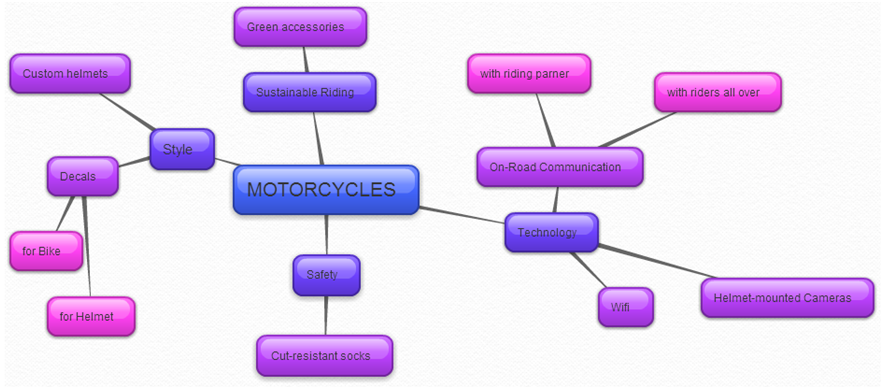Finding Your Company's Niche
Finding Your Company's Niche
Competing with one-size-fits-all and mass production businesses is nearly impossible in this day and age. Powerful conglomerates and big box stores like Walmart have made successfully launching a generalized product or service offering a very difficult endeavour. Consumers think: Why buy your ordinary cotton athletic socks when I can get an almost identical pair for cheaper at Target? Since the boring pair of white socks your pushing has nothing special about them, chances are your rebuttal will fall on deaf ears.
On the other hand, if the socks you’ve designed are made for motorcyclists and are made from high-density, cut-resistant material, then your rebuttal has some weight. This is why finding your niche is so important. In a world where razor-thin profit margins and everyday low prices reign supreme, catering to a specialized clientele is a wise business move that should be emphasized in your business plan.
With that being said, here is our 5-step strategic roadmap that will help any aspiring entrepreneur find their niche.
Step 1. Identify Your Passion
The first step in finding your niche requires some inward reflection. For some people, identifying what makes them tick is a simple task – one that was completed many years ago. For others, however, an understanding of oneself doesn’t come so easily. But with a little guidance, those of us that need some help with our introspective skills should be able to find our passion without too much difficulty.
Here are some questions to ask yourself that will help you identify your passion, whether it be cooking, mobile apps, football, or fashion.
When am I the happiest?
What am I good at?
If I won the lottery and no longer needed to worry about money, what would I do with my time?
What do I like to talk about with family and friends?
What are my hobbies?
What is the one thing I wish I had more time to spend on?
What is easy for me to do that is difficult for others?
Step 2. Mind Mapping
The next step is to build a mind map around your passion. Mind mapping is a structured form of brainstorming. It involves focusing on a central topic – in this case your passion – and branching out themes and ideas related to that topic. You can use words or diagrams to represent those themes and ideas, as long as you’re putting something down on paper. This allows you to better visualize ideas related to your central concept and to further generate “branches” or “twigs” of ideas.
For those of us with indecipherable handwriting, Bubbl.us is a free online tool for building mind map. Below is an example of a mind map created for someone whose passion is motorcycles.
Step 3. Conduct Market Research
Ensure that there is in fact a market for your product. Some ideas end up being “too niche” and cater to such a small market that generating enough sales to break even is simply not realistic. For cut-resistant motorcyclist socks, one would begin by researching the number of motorcyclists in the geographical region that will be targeted as well as the number of mid- to high-income riders, seeing as the socks are a premium product.
Step 4. Make Sure it Really is a Niche
Sometimes entrepreneurs come up with a supposed niche idea, only to find out that there are plenty of businesses selling such a product already. Take, for instance, the history of Lululemon. The company was founded in 1998 by fitness and yoga enthusiast Chip Wilson. At the time, athletic wear for women was rare and yoga was a marginal discipline. Today, the market for yoga pants and clothing is saturated with athletic apparel and low-cost retailers all offering their own version of the yoga pant.
So take the time to research the current market and ensure that your particular idea has the right level of uniqueness.
Step 5. Accept That You Can’t Be All to All People
The final step in our strategic road map to finding your niche is to remember that a niche is just that – a specialized product or market that should not meet the needs of most people. It’s meant to cater to a subset of the market. So don’t waste energy on trying to please those outside of your target audience. Instead, focus on meeting the needs of your intended market and delivering outstanding service to them. Follow these guidelines and the road to success will be much less bumpy.



